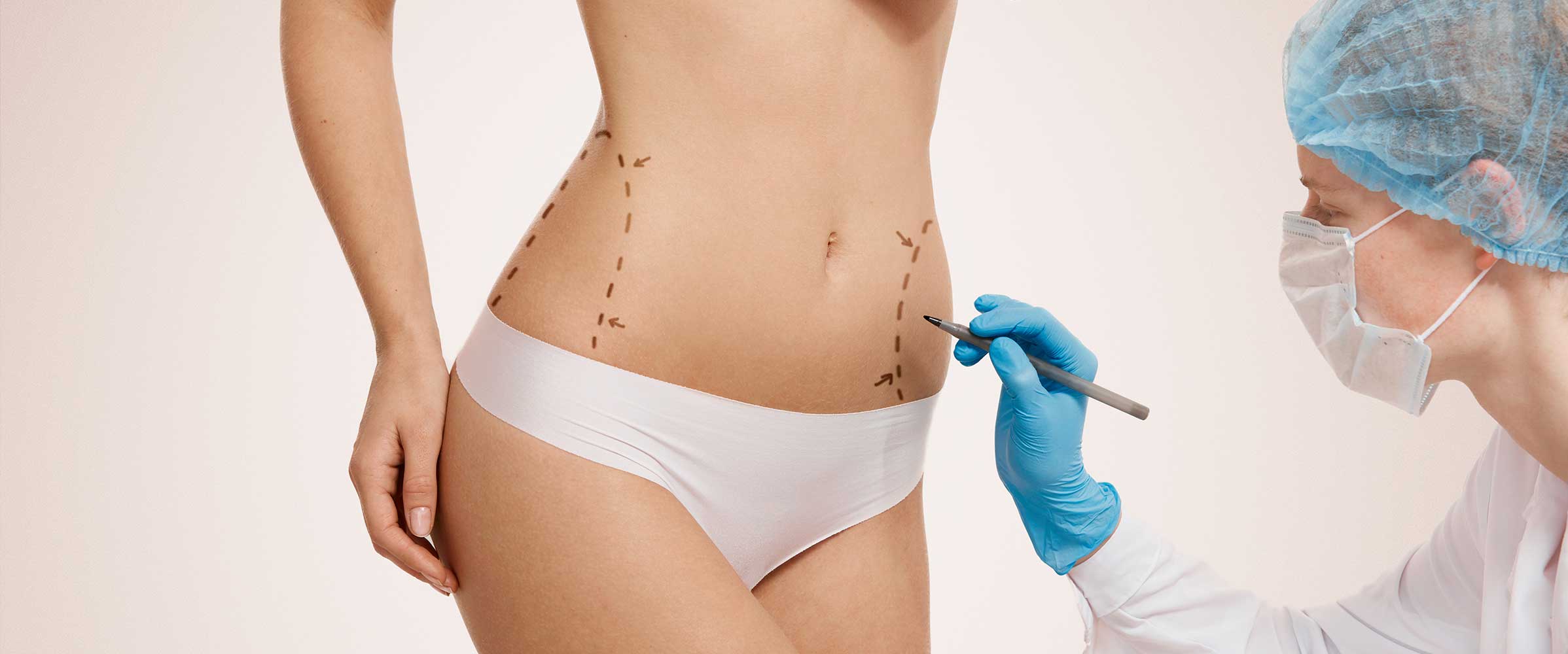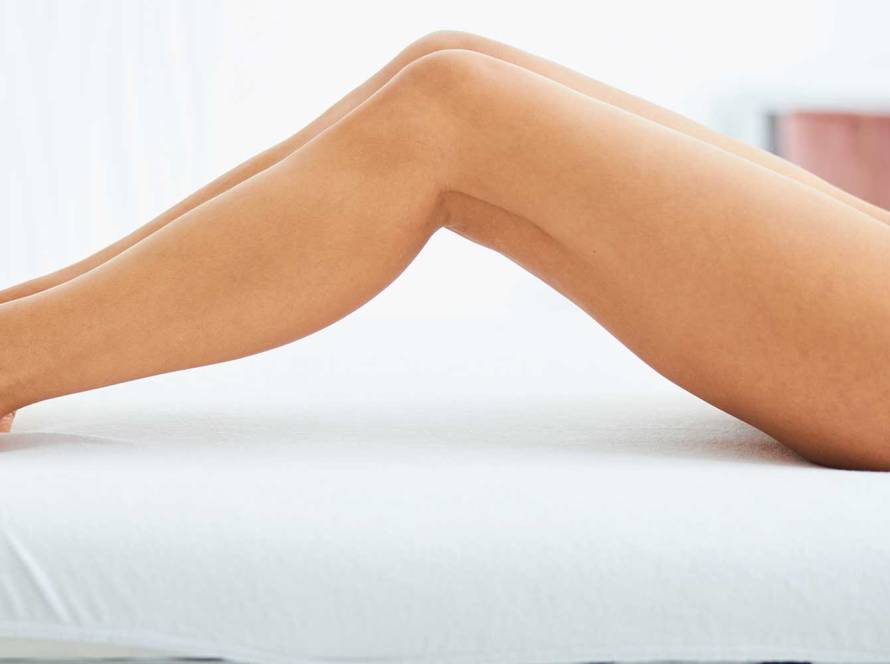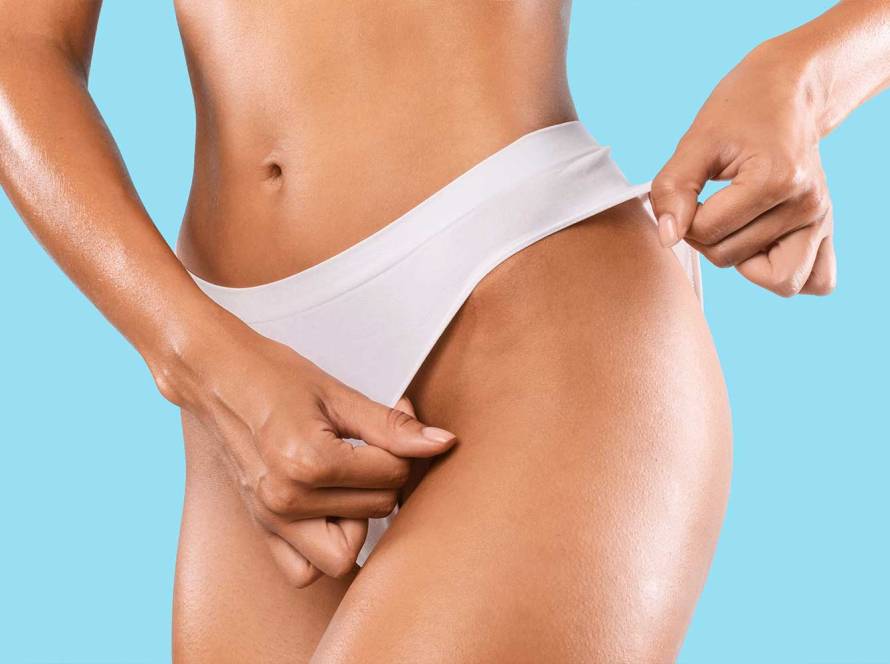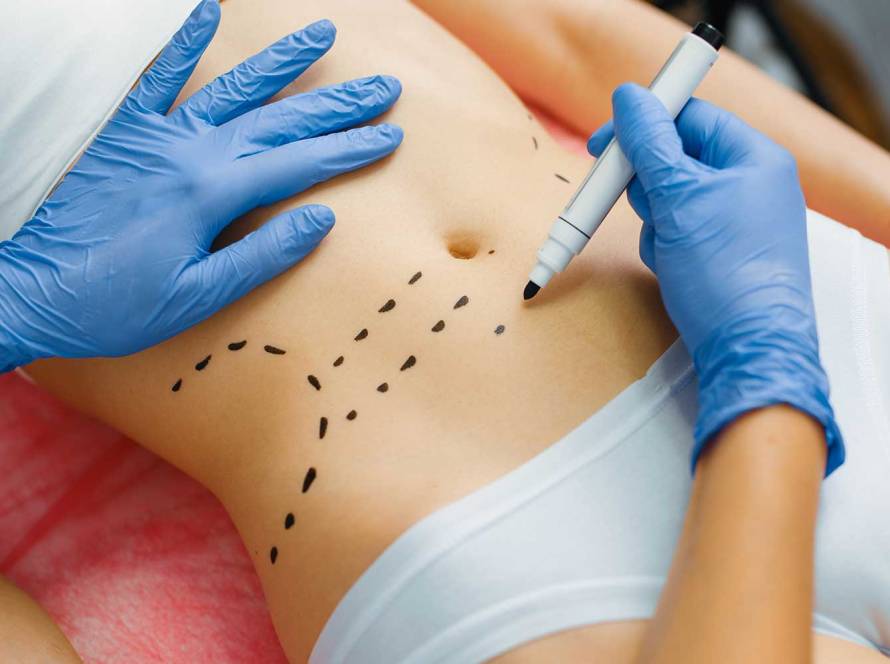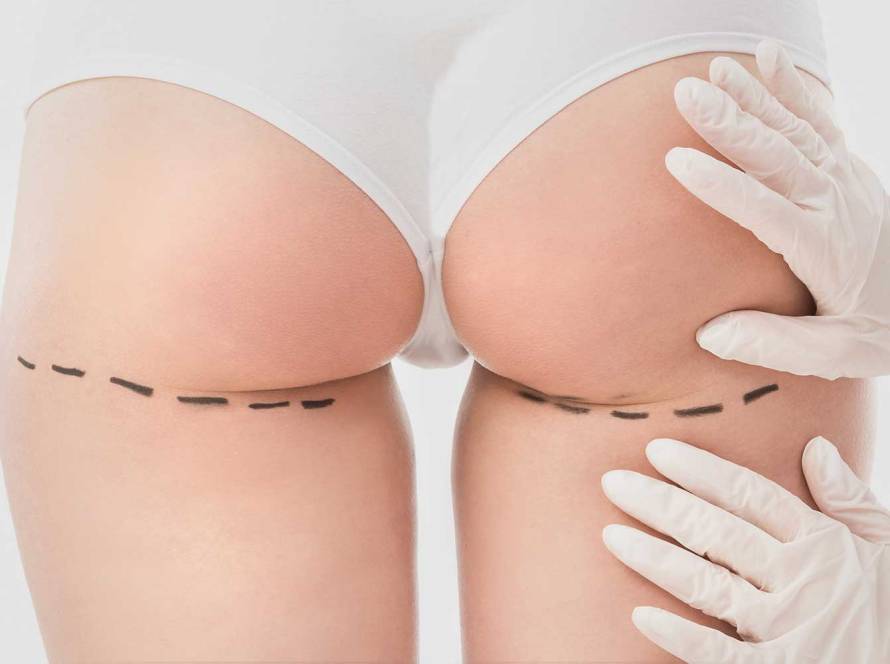Liposuction is the removal of fat cells collected in certain parts of the human body through cannulas and with the help of vacuum. While excess fat stored in deeper areas is removed with liposuction, fat accumulations that cause contour irregularity can be removed with superficial liposuction or liposculpture method. All over the world, hundreds of thousands of people undergo liposuction every year. Liposuction is one of the most frequently applied aesthetic surgical interventions in our country. Among the most common areas of liposuction, there are areas such as the abdomen, waist, back, arm, chin (jowl), outer thigh, inner thigh, inner knee, breast (gynecomastia) and hip.
Anesthesia
General
Operation
1-5 Hours
Recovery Time
2-3 weeks
Final Conclusion
3-6 Months
Pain
Minimal
Liposuction methods have undergone significant changes compared to the first years they were made. Depending on the knowledge, experience and developing technological devices in recent years, it has been possible to remove more fat from the body in a single session. In addition to all these, the fat removed from the body can be used as a filler in areas such as the face and breast after various processes and used for shaping.
Liposuction surgery is not an alternative application method to weight loss and slimming methods such as diet and exercise. The aim of liposuction surgeries is to remove stubborn fat that has accumulated locally and cannot be removed by diet and exercise. In this way, body contours can be corrected and a better appearance can be obtained.
Suitable people for liposuction are those who are older than 18 years old, have no serious health problems, are not overweight, and have regional fat.
The maximum amount of fat that can be removed in the liposuction method is between 4-5 liters. Thanks to the devices developed in recent years, more fat can be taken by reducing the amount of blood lost during the operation. However, the liquid electrolyte balance of the patient should be kept under control in liposuction surgeries performed in large areas and in which more fat is removed. If the patient has too much regional fat that cannot be removed at once, this situation can be corrected with liposuction performed in sessions. The interval between liposuction surgeries performed in repetitive sessions should be between 3-6 months on average.
In the pre-operative interview, the patient's current complaints and post-operative expectations are evaluated first. Detailed information about the details of the operation is given. Photographs of previously operated patients help with decision making and the results that can be achieved.
Aspirin and similar blood thinners are discontinued one week before surgery. If blood thinners are taken, this information should be shared with the doctor. If discontinuation of blood thinners is undesirable, alternative drugs can be used.
Smoking should not be used for a certain period of time before and after the operation.
When going to the hospital on the day of the operation, no make-up is applied, comfortable clothes are worn, and jewelry is left at home.
You should not eat or drink anything, including water, 6-8 hours before liposuction surgery.
You should be in the hospital at least one hour before the operation.
While the patient is standing, the areas to be treated are photographed and drawings are made while standing.
There are many liposuction application techniques and devices available. These methods have advantages and disadvantages over each other.
In this method, which is classical liposuction, liquid is injected under the skin to minimize bleeding during the procedure. Excess fat cells are vacuumed out with the help of a cannula. In this method, fat cells are mechanically broken down. Therefore, the fat taken can be used for filling purposes.
In this method, fats are broken down and removed with special movable cannula tips. It helps to get more fat in a shorter time.
With the help of a special cannula, liquid is injected into the adipose tissue. Fat cells are broken down by ultrasonic waves. With the help of vacuum, the solution and the fragmented fat cells are taken out. One of the most important advantages of this method is the tightening of the skin after the operation.
It is the application of ultrasonic energy through the skin, outside the body. Cannula is not used in this method. It is not a commonly used procedure today and its effectiveness has not been proven in clinical studies.
In this liposuction method, the fats are broken down with laser energy and the broken fats are taken out with vacuum. Its biggest advantage over other methods is its skin tightening effect. The disadvantage is that less amount of oil can be taken compared to other methods.
Liposuction surgery is performed in the hospital environment, in the operating room under general anesthesia. During the surgery, 3-5 mm holes are opened through which cannula entrances are provided. At the end of the procedure, the entrance holes are closed with one stitch and there is usually no scar.
The surgery varies according to the area to be liposuctioned. While the procedure takes 1-2 hours in small areas, the procedure time can be increased to 4-5 hours in common liposuctions.
After the operation, special liposuction corsets are worn. Depending on the size of the surgery and the anesthesia applied, the patient is discharged on the same day or one day later. Depending on the procedure applied, it is possible to return to normal business life between 2 days and 2 weeks. There is no significant pain after the operation and oral painkillers are sufficient. There may be edema, bruising, numbness or tingling in the treated area. Swelling and bruises go away on their own in about 3 weeks. The liposuction corset is worn for 4-5 weeks. After the third week after the procedure, the result obtained with liposuction begins to appear. The body takes its final shape between 6 months and 1 year.

